How Do I Wean My Toddler From the Pacifier?
When my first son was born we read that pacifiers were a counter indicator to SIDS. So we used one, despite it not being my favorite, for any number of reasons. Although he seemed heavily dependent on it, he gave it up by 9 months of age, independently, and that was that. Phew.
I felt we had gotten the best of both worlds, and so continued with the minimal pacifier use with my second son. However, he on the other hand, was really attached to his pacifier, and showed no signs of giving it up well up to his third birthday. Whilst it may not have troubled me had it been purely for sleeping, he wanted it throughout the day and it became an unhealthy dependency. Ahem – addiction is probably the correct term.
I was sensitive to the fact that he could potentially own this process on his own. I read countless accounts of parents who had trusted and waited and – voila! – the child had given it up. And I know that (despite my goofy antics in this week’s episode) he wouldn’t be heading into adulthood sucking on a dummy.
However, I saw real signs for concern when I noted that his fixation on the pacifier was blocking his emotional expression, was impacting his dental hygiene, and was delaying and impairing his speech. This addiction was my doing, nothing natural about it, and I felt it needed to be my undoing.
In conversation with a close relative and esteemed speech therapist, I learned that I was doing him a disservice in waiting. And that my motivation for waiting wasn’t trusting and loving, it was fear. Fear that he couldn’t “handle” the intervention. Fear that I couldn’t. Fear of the inevitable fallout and crazes for the piece of plastic. Fear of the crying. Fear of the guilt and confusion. Fear of what all this said about me as a mother.
If there’s one thing I’ve learned in my modest parenting experience it’s this:
Whatever you do, do it from love, not fear.
So if you’re dealing with any kind of addiction that doesn’t sit well with you… If your child is nursing well beyond your comfort and you’re yearning to set some boundaries, but you’re afraid to wean… Or your child is sleeping in your bed to the detriment of your sleep, but you’re afraid to rearrange… Or if your child is used to snacking on crackers instead of a nutritious meal for dinner, but you’re afraid to make a change… Or if your child is still in diapers, but you’re afraid to help them potty learn… I have a 3 part guide for you to make the change you want and to stick with it.
- Educate yourself
I know this is a double edged sword, because once you start down the rabbit hole of reading and researching, you can find yourself more confused and lost than Alice in Wonderland. Of course, being selective in the sources that inform you and minimizing the time you spend on this is important, but so is getting some good quality information about your situation. What is the real cost benefit analysis for you and your child with regards to the addiction on hand?You need good quality information so that you’re strong in your conviction either way. (It almost matters far less whether you choose to wean or not, but far more whether you feel confident and happy about this choice. So in my case, I was very unhappy about the pacifier use and felt it was wrong for us to continue. This strengthened my resolve.)
Educating yourself includes knowing yourself and your child. Is this something you have the emotional resources to handle right now? Is the timing OK for you, and for your child?
- Make a written plan.
So often we make resolutions (“RIGHT! no more night feeding!” or “We will have no more SUGAR in this house ever again!”) only to break them the next day. It’s easy to be steadfast in your commitment to change whilst your sweetie is sleeping, but when they’re crying and bemoaning your decision (spoiler alert: they will!), it’s far easier to cave in. Your baby and child can adapt to many things (within reason) but if you’re not clear and consistent with expectations, be sure it won’t happen.You need to make the change clear, visible and consistent. You need to push through. Having a plan and hanging it up in your home so you can refer to it (for yourself) can be a strong motivator, and it emphasizes the clarity of your convictions when they fallout begins, which leads me to…
- Support the emotional fallout.
Whatever change you’re making, you and your child can handle it, but it may not be easy for either of you. Your baby needs emotional support and empathy, in combination with a profound belief in their resiliency and competence (they can do this, even though it’s hard). Always make changes clearly communicated, even to the youngest of babies (“I’ll be putting you in your crib now”) and offer your baby other ways of comforting. Their experience might seem trivial (“oh! It’s just no more crackers! Not the end of the world!”) but do not minimize their experience. Instead, empathize and reflect it back to them, with the belief that they can and will triumph (“You miss your pacy! It’s hard to be without it! You’re really managing, but it isn’t easy.”).
Many parents report success with rituals and ceremonies to mark the end of an era and the beginning of a new one. Throwing diapers in the garbage, giving the pacifier to a neighbors baby who “needs it” or taking them to buy their new bed linen are some fan favorites. If this works for you, enjoy it, and get creative. I have found that a straightforward, empathic, firm and simple approach best suits my parenting style in this regard, but I can totally see the value of some whimsy and playfulness when it comes to weaning of any sort.
Are your children addicted in a way you’re uncomfortable about? You can share more in our guilt-free Facebook Community.
This episode was sponsored by Enkeeo. I recently received this Enkeeo balance bike in exchange for my honest opinion. My 3.5-year-old has been riding it for almost two months, and I love this bike. Balance bikes are the ideal way for kids to learn to ride a real bike. My eldest son was riding a big bike with no training wheels whatsoever by his fourth birthday. Balance bikes have no pedals, so kids learn essential bikes skills to balance and steer, before worrying about pedaling, and then transition smoothly with minimal effort.
What I love about this bike is that its tires are puncture resistant. The seat is height adjustable. And best of all ,this frame is super duper light! I’ve had three other balance bikes so I can compare. Even my 3-year-old can carry this, or we can hang it on our stroller if he gets tired.
Want to try it? I love the affordable price, but even better, Eenkeeo is offering us parenting junkies an additional 10% off with the code 10junkie so if you CLICK HERE and apply the code, 10junkie, at checkout you’ll be all set.

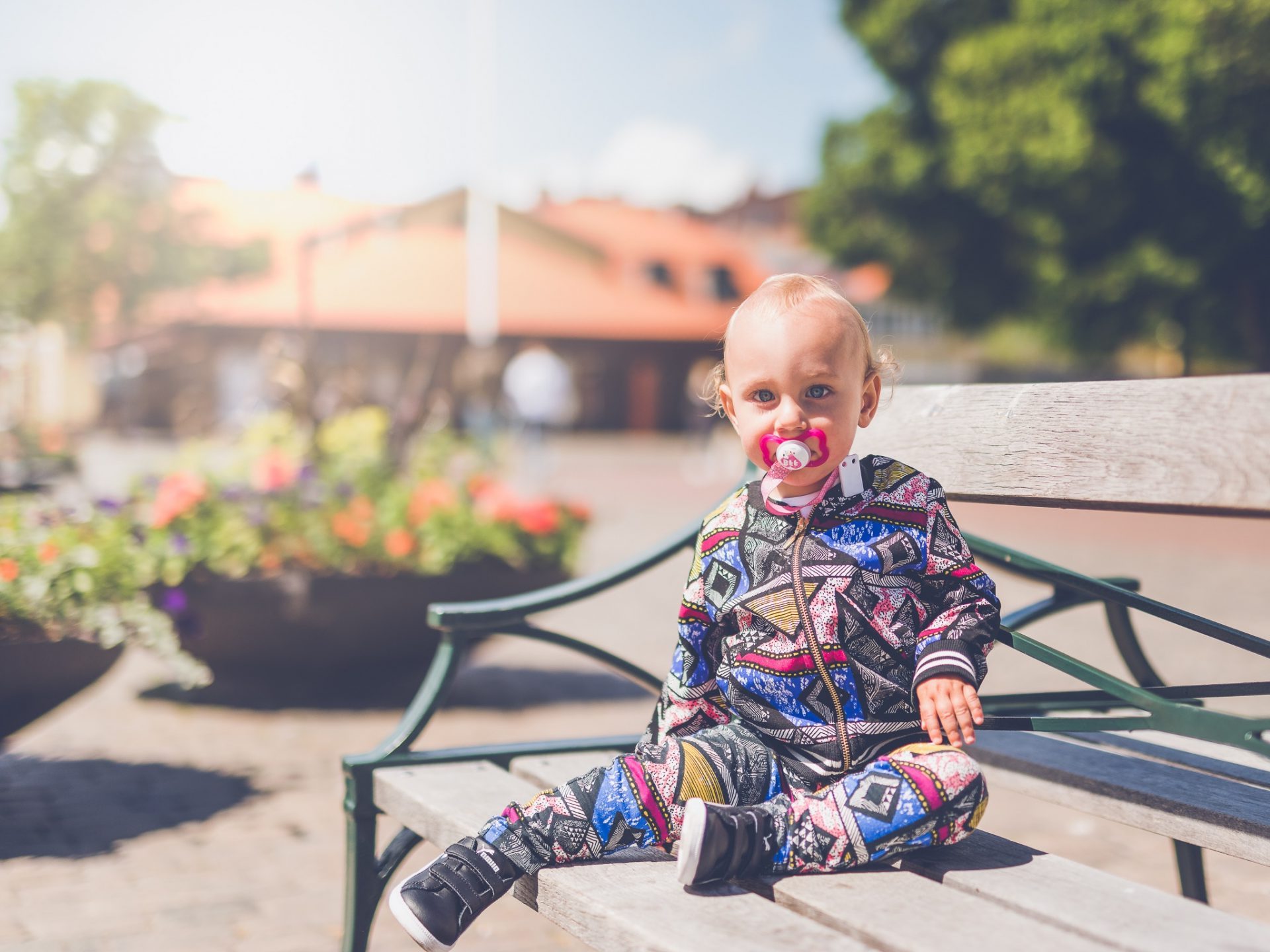

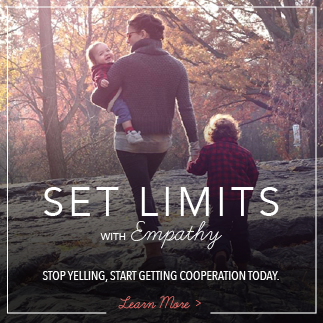
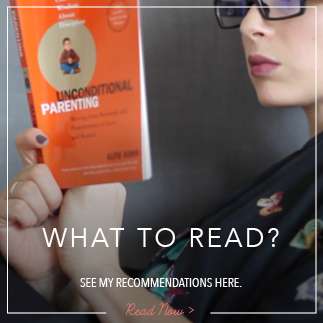
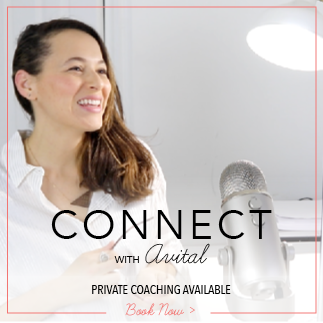




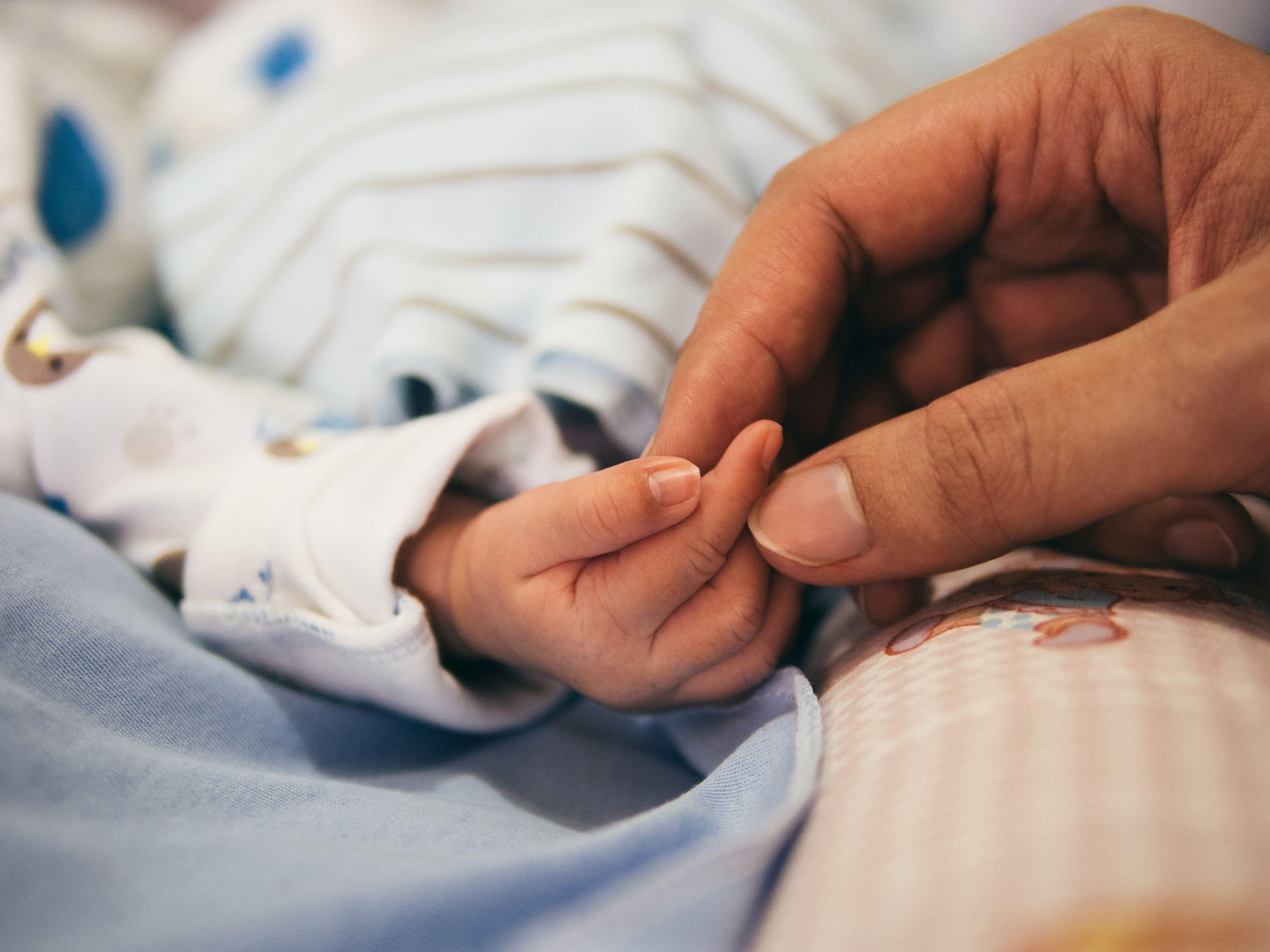



0 comments